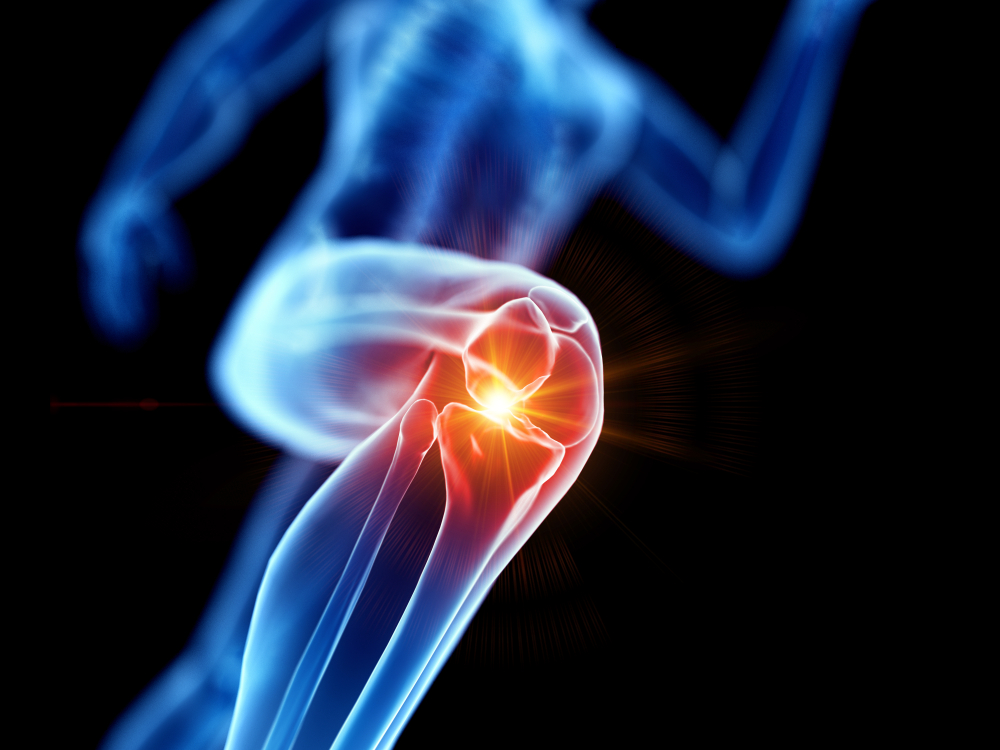Defining the Threshold: When Should Knee Pain Drive You to the Doctor’s Office?
A staggering one in four individuals in Asia grapples with knee pain, an ailment that can cripple daily activities and hinder your quality of life.
We explore when it becomes critical to consult a doctor for your knee pain, shedding light on the warning signs to watch out for, and discussing strategies to manage minor discomfort at home.
Recognising the Red Flags
Knee pain is a common complaint that doesn’t always require prompt medical attention. However, there are circumstances when the characteristics of the pain or associated symptoms might suggest a more severe underlying condition that needs immediate intervention.
Notably, intense pain, sudden swelling, an inability to support body weight, apparent deformity, and signs of infection such as fever are considered as red flags that should not be ignored.
- Intense pain that inhibits daily activities or lasts beyond a few days should not be neglected, as it might signify severe conditions like ligament tear or bone fracture. Similarly, sudden or excessive swelling might indicate an acute injury, inflammation, or other serious conditions.
- An inability to bear weight on the knee, often indicative of a severe injury, should be evaluated promptly by a healthcare professional2. Visible deformity could be a sign of a dislocated knee or broken bone, necessitating immediate medical attention.
- Signs of infection, such as fever, warmth, redness, or tenderness around the knee are additional red flags, potentially indicating conditions such as septic arthritis or osteomyelitis, which require urgent medical care.
Asia’s Aching Knees: A Deeper Look
Asia is grappling with an escalating issue of knee pain, driven predominantly by an ageing demographic and the growing epidemic of obesity.
As people age, the likelihood of developing conditions such as osteoarthritis, a primary cause of knee pain, escalates. With the region’s rapidly ageing population, it’s unsurprising that knee discomfort has become a commonplace issue.
Coupled with this, the burgeoning obesity crisis in Asia exacerbates the situation. Higher body weight increases stress on the knees, leading to accelerated wear and tear. Consequently, obesity significantly amplifies the risk of knee pain and related conditions.
Alarmingly, current data emphasises the severity of the situation, revealing that up to 60% of Asian adults over the age of 65 are grappling with some form of knee discomfort. This underlines the pressing need for increased awareness, effective management strategies, and timely medical intervention for knee pain in Asia.
Managing Knee Pain at Home
Knee pain can stem from various sources like overuse, injury, arthritis, or simply the process of ageing. Fortunately, most minor knee pain can be managed effectively at home with a variety of simple and practical measures. Here, we explore these measures in detail.
1. Rest and Relaxation:
- Make sure to take a break from regular activities that are causing or worsening the knee pain. Listen to your body and give it the rest it needs.
- Avoid standing for extended periods or walking long distances.
- Elevate your leg on a pillow or cushion when sitting or lying down to help reduce swelling.
2. Ice Application
- Apply an ice pack to the affected area for 15–20 minutes every 2–3 hours. Remember, don’t apply ice directly to the skin; wrap it in a thin towel or cloth.
Ice can help reduce swelling and inflammation, which in turn can decrease pain.
3. Gentle Exercise and Stretching
While rest is crucial, so is maintaining mobility. Gentle exercise can help keep your joint flexible and strong.
- Low-impact exercises, such as swimming, walking, or cycling, are typically safe options.
- Stretching and strength training can also improve knee stability. Exercises like hamstring stretches, calf stretches, and leg lifts can be beneficial.
Always consult a physical therapist or a trained professional for the appropriate exercises.
4. Over-the-Counter Pain Relief
- Over-the-counter (OTC) pain relievers such as ibuprofen (Advil, Motrin) or naproxen sodium (Aleve) can provide temporary relief.
- Topical creams with capsaicin or nonsteroidal anti-inflammatory drugs (NSAIDs) can also be used directly on the knee to reduce pain.
Always use these medications as directed by your pharmacist or healthcare provider, and be aware of potential side effects.
5. Complementary Therapies
- Techniques such as massage, acupuncture, or yoga can sometimes help manage knee pain.
Make sure to consult a professional for these therapies to ensure they are safe and appropriate for your condition.
Pulling the Curtain on Knee Pain
Understanding when knee pain necessitates a doctor’s visit can transform your path to recovery. Ignoring the telltale signs might exacerbate your condition, while knowing when to seek help can set you on the road to pain-free knees.
From all we’ve delved into, we hope that you’re now better equipped to navigate your knee pain and make informed decisions about your health.
References:
- Michael, J. W. P., Schlüter-Brust, K. U., & Eysel, P. (2010, March 5). The Epidemiology, Etiology, Diagnosis, and Treatment of Osteoarthritis of the Knee. PubMed Central (PMC). https://doi.org/10.3238/arztebl.2010.0152
- Patient characteristics that predict progression of knee osteoarthritis: a systematic review of prognostic studies – PubMed. (2011, August 1). PubMed. https://doi.org/10.1002/acr.20492
- Epidemiology of osteoarthritis – PubMed. (2010, August 1). PubMed. https://doi.org/10.1016/j.cger.2010.03.001
- Knee Pain. (n.d.). WebMD. https://www.webmd.com/pain-management/knee-pain/default.htm
- Zhao, Y., Zhang, H., Li, N., Li, J., & Zhang, L. (2022, August 9). Chronic Pain after Bone Fracture: Current Insights into Molecular Mechanisms and Therapeutic Strategies. PubMed Central (PMC). https://doi.org/10.3390/brainsci12081056
- Bilodeau, K. (2021, September 1). Take control of your knee pain – Harvard Health. Harvard Health. https://www.health.harvard.edu/pain/take-control-of-your-knee-pain
- Zhao, Y., Zhang, H., Li, N., Li, J., & Zhang, L. (2022, August 9). Chronic Pain after Bone Fracture: Current Insights into Molecular Mechanisms and Therapeutic Strategies. PubMed Central (PMC). https://doi.org/10.3390/brainsci12081056












